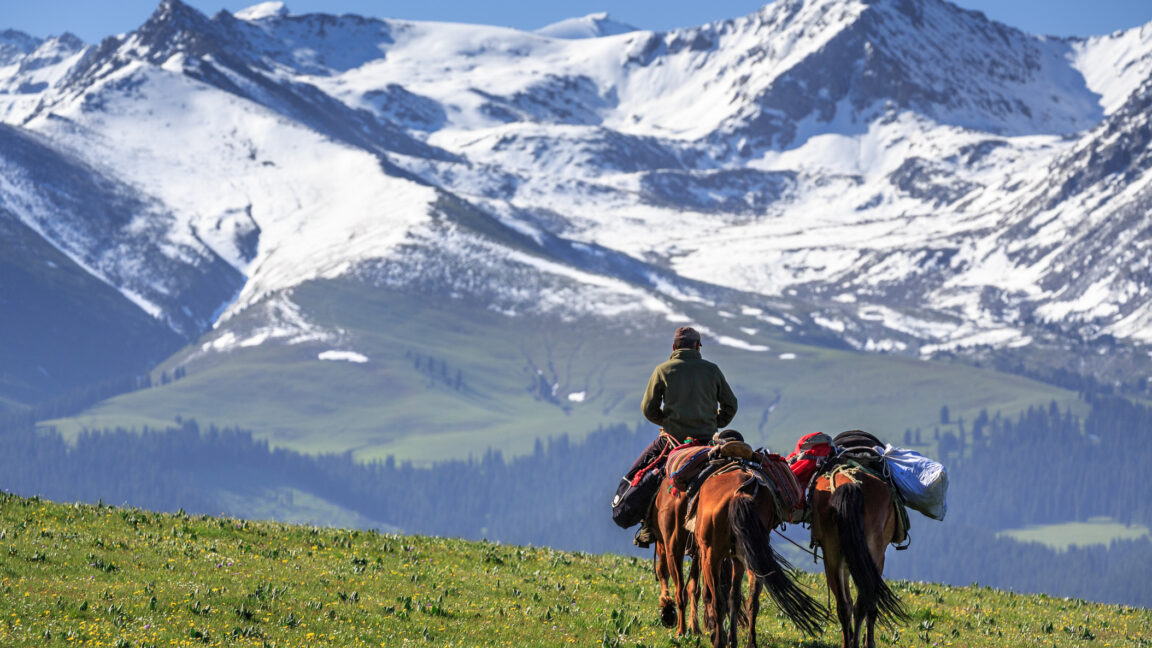
The city of Tugunbulak, which stretched beyond the forest inspector’s house, had powerful walls enclosing the area of 120 hectares, nearly five times larger than the Tashbulak site. With those walls, there was a dense architecture with hundreds of buildings, streets, palaces, plazas—even industrial facilities the Frachetti’s team suspects were used to produce iron or steel.
To put that in perspective, the medieval walls of Siena, one of the foremost cities in Italy during that time, surrounded an area of 105 hectares at the peak of its power. Genoa, another crown jewel among Italian medieval cities, between the 6th and 11th centuries, had walls protecting just 20 hectares, an area bumped up to around 50 hectares by the time of Frederic Barbarossa’s invasion between 1155 and 1158 CE.
Tugunbulak was a monster of a city. But what did it look like?
A city of iron?
“If you looked at Tugunbulak from the outside you would have seen these kind of rocky walls. They appear to have been made in a technology called rammed earth. The builders would take mud and press it into something almost like cement—a very high labor, very dense, very defensive and fortified material,” Frachetti says. Rammed earth was a dominant building technique used in the early stages of Tugunbulak’s development. “The later phase in the site, we see some stone architecture foundations with mud brick on the top. They used local resources and building techniques that were popular in the region,” Frachetti explains.
According to the team, the main contribution of the city to the Silk Road trade was iron, as the surrounding mountains are particularly rich in iron ore. One of the still unanswered questions was about the way Tugunbulak’s people lived and worked. Were they skillful blacksmiths forging iron and perhaps even steel in their mountainous city? Did at least some of its inhabitants live the lives of nomads, visiting the city only periodically to trade on market days or did they live there permanently? “We’d like to know how extensive was the industry there—what level of production were they actually doing?” Franchetti says. He suggested that a shifting, seasonal population that most likely lived in yurts spread outside of the walls was more likely in the smaller Tashbulak, considering it lacked residential suburbs. “Tugunbulak must have been a far more organized political entity. Their power and their influence must have been significant in the broader economy of the Silk Road,” Frachetti claims.

